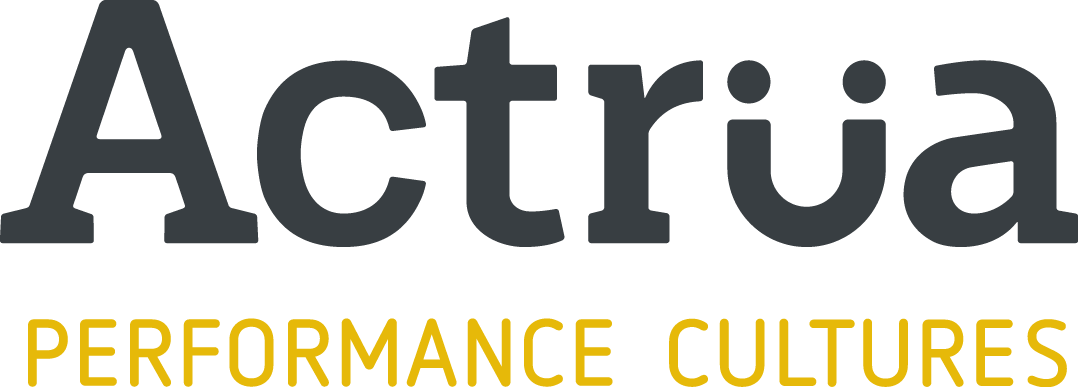What comes to mind when you think about leadership? Is it the charismatic leader who can confidently address large groups of people, inspiring them to action?
What about the heroic leader, courageously leading from the front and making bold decisions for others to follow? Leader as hero. It makes for great media and may sell books. But this “hero” model of leadership is neither realistic, replicable nor sustainable.
Now this is not a new idea. Jim Collins in Good to Great, discovered that the great companies were not led by “hero” leaders. Rather, he coined the term “Level 5 Leaders” to describe those leaders who demonstrated personal humility and professional will to succeed.
Something I do find a little annoying at times, is how the focus in leadership literature is so often about the role of CEO. Sure it is a high profile job and not doubt it is highly influential, but there is every other leadership role in an organisation that is important too. For a company to be successful, every leader needs to be playing their role. I believe there is an opportunity for us to talk more about effective leadership at all levels, starting at frontline leadership.
The title of this article was prompted by a book I recently read called The Three Levels of Leadership, by James Schouller. The three levels he talks about are personal, private and public. Public leadership is that which we can see and probably where leadership development efforts focus. Why? I suspect because it is visible and tangible.
Personal leadership is often referred to as self-leadership or leading self in many leadership models that I have seen. Very important and probably still under-valued. Personally I don’t believe we spend enough time on the leadership mindset. But that is a topic for another time.
It is this notion of “private leadership” that I would like to briefly explore here. It is the piece of the leadership puzzle that is often missing. I propose that some of the most important leadership work happens at this level of engaging individual team members and it happens behind closed doors. It is the stuff that we don’t see that can really make the difference.
Think for a minute about some of the most successful leaders you have come across – pause, think………….…………(1 minute later). Were they a hero leader who did it by themselves? I suspect not. My guess is that they did it by building a highly effective team.
A recent example and please forgive the rugby example, for those who are not followers of the sport. Michael Cheika is the coach of the Australian Rugby Union Team, the Wallabies. He took a team that was in crisis about 12 months ago and turned them into a team that was only ten minutes and a fortunate bounce of the ball from becoming world champions. How did he do it? What he did was engage the best assistant coaches available and got them working together to form a highly effective team. Michael Cheika is obviously a smart guy. He speaks three languages. But he is also smart because he recognises he needs help from others who may know more than him about some things. This is consistent with the following great quote by Andrew Carnegie:
“I wish to have as my epitaph: Here lies a man who was wise enough to bring into his service men who knew more than he.”
Getting great people to work with you is not easy though. It takes a lot of one on one leadership. Many hours of conversation behind closed doors to build a strong relationship. One founded on credibility, honesty and shared respect.
How do leaders learn or develop these personal leadership skills? Firstly, I would contend it is about recognising just how important this personal aspect of leadership is. It is not often talked about in my experience and therefore I feel it represents a gap and opportunity in many leadership development efforts. To address this opportunity, the 70/20/10 principle of leadership development applies and I am a big believer in the 20% component – learning through others and particularly via role modelling. Any good leadership development program should incorporate strong role modelling as a core element.
To be an effective leader requires both a leadership mindset, plus a leadership skillset. Often the development efforts focus on the skillset. But if the leadership mindset is not in place in the first instance, no amount of skills development is going to help. A leadership mindset is essentially the set of beliefs held by that leader. Do I value people? Am I committed to developing others? Because behind closed doors – being authentic, being present and being courageous are just three things that will make a big difference. These are not skills you will learn on your run of the mill leadership training program.







